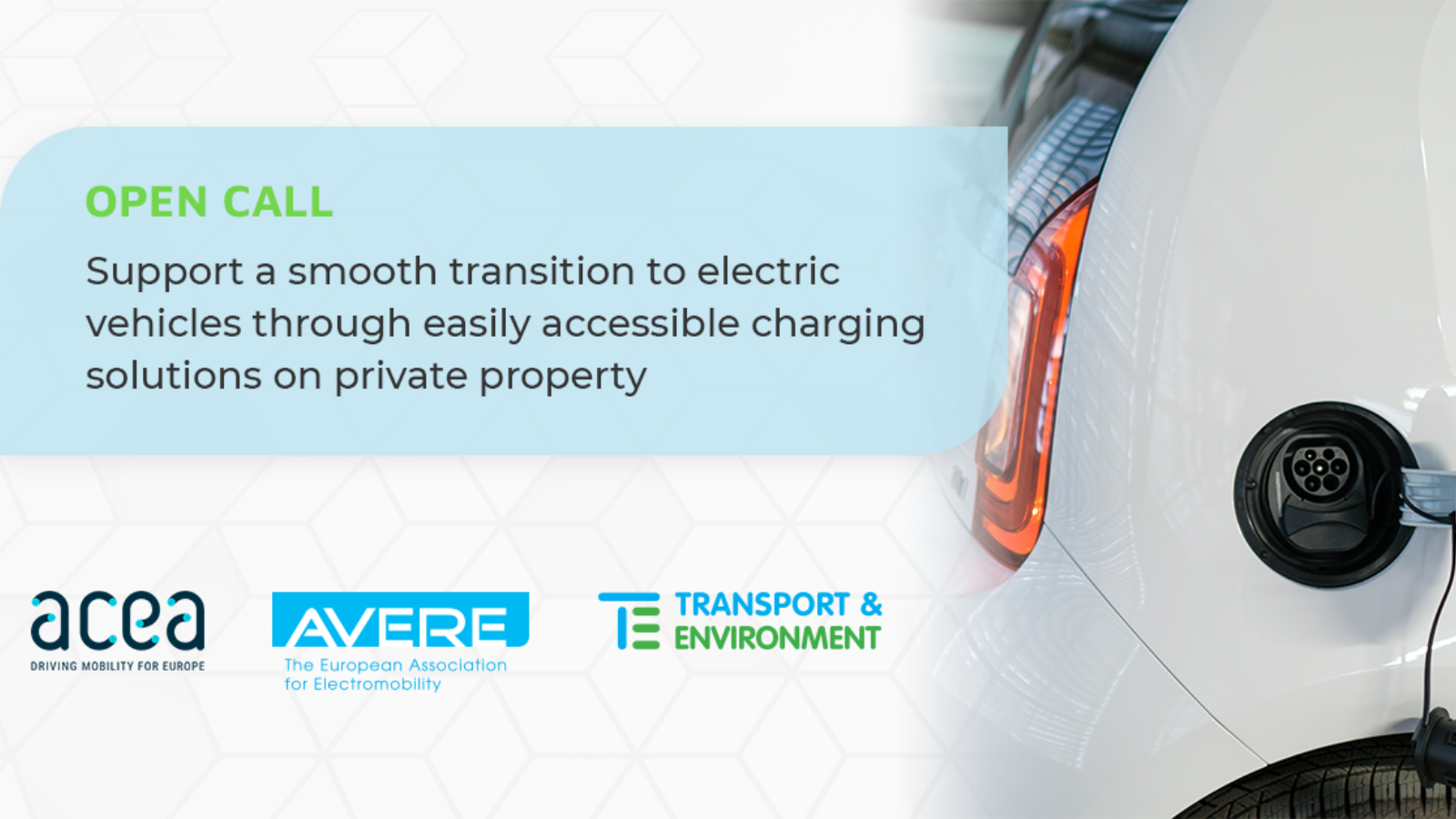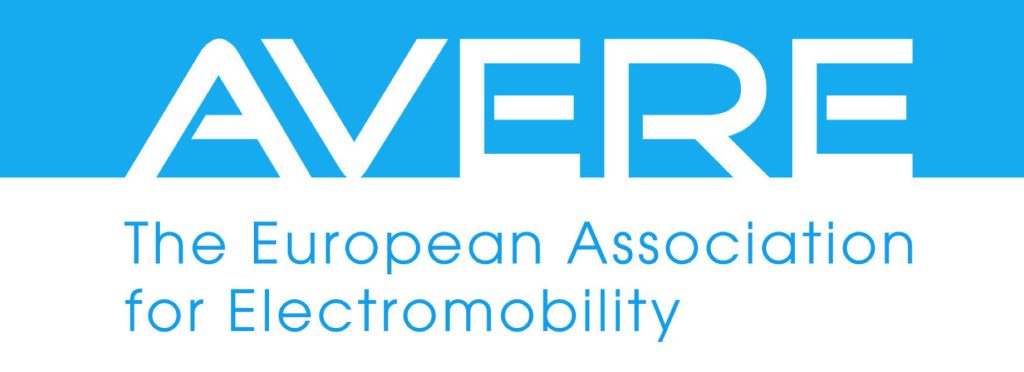
An open call to MEPs in the European Parliament Industry Committee (ITRE)
5 December 2022
We, as stakeholders from the entire e-mobility ecosystem, call on members of the European Parliament’s Industry Committee (ITRE) to amend the Energy Performance of Buildings Directive (EPBD) by setting ambitious and timely targets to support a smooth transition to electric vehicles (EVs) through easily accessible charging solutions on private property.
The recent agreement to set a 100% CO2 emission reduction target for both new cars and vans by 2035 must be reflected in other relevant legislative acts. It is essential that enabling factors such as the widespread deployment of charging infrastructure, are fixed at an appropriate level. Today, the vast majority of EV recharges happens at home, working spaces or other non-public locations. Private buildings therefore play an essential role in the transition to e-mobility.
The EPBD revision creates unique opportunities for co-legislators to enable citizens to participate in the move to electric mobility. For example, planned pre-cabling significantly reduces costs for installing charging boxes. Smart charging for electric vehicles could also help stabilise the electric grids. The current Commission proposal takes a step in the right direction, but the ambition needs to be strengthened to ensure that all buildings are adapted for EV use. This is essential to ensure the transition towards net-zero emissions in the road transport sector.
The work of the TRAN Committee on the file could also be seen as a positive approach to the issues at stake. Indeed, the draft Opinion prepared by Mr Schieder emphasised the need for better recharging infrastructure. This document should be considered by the ITRE committee as a solid basis on which to start their discussions.
Our joint associations are therefore calling on you to:
1. Provide clear definitions: In particular with regards to pre-cabling which should be defined as “all measures that are necessary to enable the technical and electrical installation of accessible connection points and the sufficient power capacity, including dynamic load management system, necessary for electric vehicle recharging at a later date, including but not limited to pre-cabling and pre-ducting, cable routes, space for transformers and electricity meters, as well as grid capacities and potential revision of the electrical board“.
2. Set ambitious pre-cabling targets for new and renovated residential and non-residential buildings: Pre-cabling is a low-hanging fruit with little costs involved, especially when done during the construction phase. It massively reduces the cost for later installation. Ambitious pre-cabling targets should thus be included in the EPBD to ensure the roll-out of chargers in buildings is rapid and seamless for citizens. We notably call for setting pre-cabling targets which grow in line with EV market uptake (at least 30 million EVs are foreseen to be on EU roads by 2030). Existing buildings also need to be considered, so that the pace of pre-cabling in multi-unit buildings matches the pace of EV sales in the near future.
3. Set ambitious pre-cabling targets for existing non-residential buildings and deployment plans for existing residential buildings: The current renovation rates mean that the majority of the EU’s building stock will not fall under any EPBD requirements. To ensure non-discriminatory access to private charging opportunities, existing buildings must be included into the scope of EPBD. Member States should be encouraged to support the deployment of private charging infrastructure by setting an indicative target for private charging capacity in their building stock in line with the uptake of EVs
4. Establish an effective right to plug: The EPBD should facilitate the removal of administrative hurdles to the installation of charging stations in buildings, encourage the streamlining of permitting and installation procedures and set a maximum time frame for the approval of charging points (at the expenses of requester). For buildings without a garage, the possibility to install a charging point near the driver’s home should be introduced.
5. Include heavy-duty vehicles in the framework: Electric heavy-duty vehicles are currently entering the market and will need rapid deployment of public and private charging infrastructure. The EPBD should pave the way for covering depots and logistics hubs by changing the targets for “car parking spaces” to “adjacent vehicle parking spaces”. This would allow member states to cover parking spaces for heavy-duty vehicles and facilitate the deployment of battery-electric trucks and buses that charge in depots or logistics hubs.
By making it easier for citizens to access e-mobility in a cost-efficient way, ambitious targets for sustainable mobility in the EPBD will help the transition to zero-emission mobility. This, in turn, will help Europe meet the ambitions of the Paris agreement.
We call on you to support this ambition and provide regulatory certainty for businesses, and appropriate help for citizens to make the shift to e-mobility.




